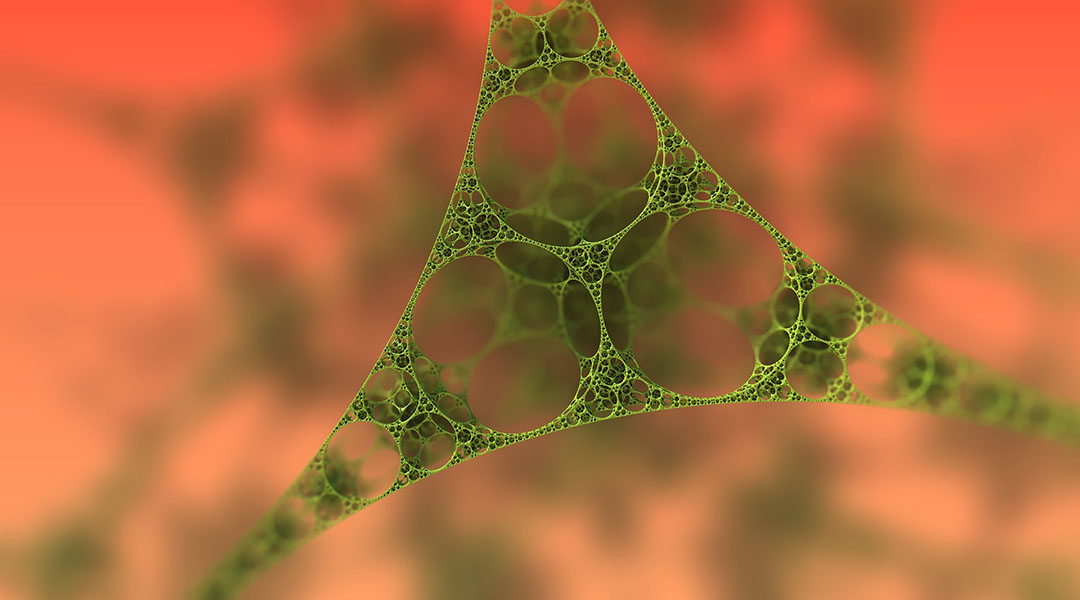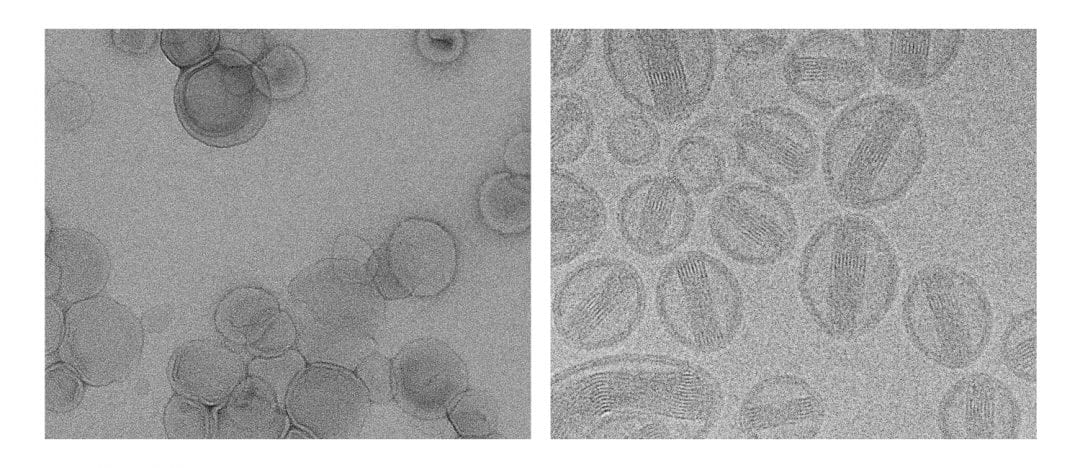New to nano? A new Advanced Materials Tutorial Review highlights the most common characterization techniques for the nanoscale.



New to nano? A new Advanced Materials Tutorial Review highlights the most common characterization techniques for the nanoscale.

Researchers from Mainz and Aschaffenburg use a sugary material to help save our depleted ozone layer.

Improved control over synthesis process of iron catalysts leads to significantly increased number of reactive sites.

The symposium “The Great Transition” brought together leading scientists to address the criticality of materials as key to sustainable technologies.

A thorough characterization of organic electrode material sheds light on charge storage behavior.

Franken et al. present a guideline on how to apply the three most frequently used sample preparation techniques for TEM of soft matter.

Researchers wrapped metallic lithium anodes in Kimwipe paper to prevent dendrite growth.

Modeling approach reveals attractive alternatives to water splitting towards solar fuels.

Recyclable nanoparticles convert solar energy and water into clean water steam with high efficiency.

Chinese researchers turn vinasse, a by-product from alcohol producing industry, into promising electrode material for energy storage.